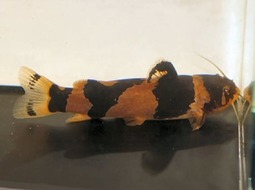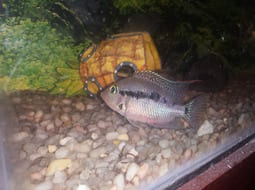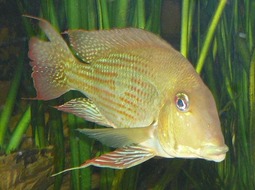
Loading Aqualapp ...
Care and Compatibility of Leopard Cactus Pleco - Hypancistrus Furunculus L199
Introduction
The Hypancistrus Furunculus L199, also known as the Leopard Cactus Pleco L199, is a fish belonging to the Loricariidae family and native to Brazil. It is characterized by its distinctive pattern of black and white stripes throughout its body, giving it a unique and attractive appearance. It is a medium-sized fish that can reach a length of around 15 centimeters. It has a robust and flattened body, and its mouth is adapted for scraping algae and leftover food from surfaces. It is an omnivorous fish and primarily feeds on algae, plant matter, and small invertebrates. In the aquarium, it can be offered a varied diet that includes commercial bottom feeder pellets, fresh vegetables such as cucumber or zucchini, and frozen foods like mosquito larvae or shrimp.
Behavior
The Hypancistrus Furunculus L199 is a calm and reserved fish. It tends to be nocturnal and spends most of its time foraging for food and exploring its surroundings. It prefers to take refuge in caves, crevices, or driftwood where it feels secure. It is territorial and may show aggression towards other fish that invade its space. It is advisable to provide enough hiding places in the aquarium for it to feel comfortable and establish its territory. It is also important to maintain good water quality and perform regular water changes to ensure its well-being.
Sexual Dimorphism
Sexual dimorphism in Hypancistrus furunculus L199 is minimal and difficult to distinguish. Both males and females have a similar appearance. During breeding season, they may exhibit more pronounced territorial and courtship behavior.
Reproduction
The reproduction of Hypancistrus Furunculus L199 in the aquarium environment can be challenging due to the lack of specific information about their captive breeding. In their natural habitat, it is believed that they spawn in caves and crevices, where males prepare nests and females deposit eggs. After fertilization, males take care of guarding and protecting the eggs until they hatch. It is important to provide suitable shelters in the aquarium, such as caves or driftwood, where they can carry out the reproduction process. Since breeding in the aquarium environment can be complex, many aquarists rely on selective breeding or acquiring juvenile specimens from reputable sources.
Aquarium Conditions
Hypancistrus furunculus L199, commonly known as royal king tiger pleco, requires a well-planted aquarium with abundant vegetation, rocks, and driftwood. It prefers soft and slightly acidic water. Aquarium décor should include caves and hiding spots. Maintaining water quality is crucial and providing a varied diet.
Feeding
The Hypancistrus Furunculus L199 is an omnivorous fish that primarily feeds on algae, plant matter, and small invertebrates. In the aquarium, it can be offered a varied diet that includes commercial bottom feeder pellets, fresh vegetables such as cucumber or zucchini, and frozen foods like mosquito larvae or shrimp. It is also advisable to provide them with driftwood or rough surfaces where they can scrape and obtain additional nutrients. It is recommended to feed them once or twice a day in portions that they can consume within a few minutes.
Complexity
Caring for Hypancistrus furunculus L199 can be challenging. They are sensitive fish that require high-quality water and stable parameters. They can be shy and require enough space and shelters to feel secure. They mainly feed on algae and plant matter, but also accept commercial foods.
In case you need more help, or if you want to know into any topic related to the Hypancistrus Furunculus L199 (Leopard Cactus Pleco) and even any other species you can use the forums to ask what you need.
To do an analysis more detailed about coexistence and behavior of Hypancistrus Furunculus L199 (Leopard Cactus Pleco) use the Aquarium simulation tool, if you do this you can test different ways to combine the Leopard Cactus Pleco with other fishes giving the dimensions and space on you aquarium, on this way you can known the optimal configuration for keep the fishes that you want.
You can also find out the 142 species compatible with the Hypancistrus Furunculus L199 (Leopard Cactus Pleco) can live together.
Note: The parameters of the water such as PH and temperature are also used to calculate the compatibility of the species.
Compatible species (142)
Compatible (51 Species)
Compatible without any restriction
Similar Sizes (13 Species)
They can coexist if they are the same size or very similar sizes, it does not work in all cases, there may be exceptions.
With Reservation (10 Species)
Compatible in some cases, it depends on the nature and personality of the fish.
Las especies territoriales por lo general pueden convivir con especies protegidas con coraza, ya que no pueden hacerles daño por su dura piel, lo que si hay que tener en cuenta es tener un acuario con dimensiones favorables para que cada pez pueda delimitar un territorio, ya que la mayoría de peces acorazados son también peces de fondo y les gusta estar buscando lugares donde ocultarse.
Showdown over territory (12 Species)
Fish can live together as long as the space is spacious enough to delimit a territory, otherwise there may be aggressions for competing for the territory.
Territorial fish can usually live with fish protected with armor, since they cannot harm them because of their tough skin, what must be taken into account is to have an aquarium with favorable dimensions so that each fish can delimit a territory, since that most armored fish are also bottom fish and they like to be looking for places to hide.
Considerable size difference (38 Species)
They can coexist while they are similar in size or the size difference is not very abysmal, since as the fish grows it increases the chances of eating its partner that did not grow much.
Food competition (2 Species)
They can live together but you have to be careful since it is likely that the fastest fish will take all the food and leave nothing for their partners who are slow swimmers, so you have to make sure that everyone can eat.
Compatible if space is enough (16 Species)
They can coexist together if the aquarium they share is large and spacious enough for both species to feel good, as some fish may attack others to feel that they have little space and try to eliminate the competition.
They can become a little more territorial than normal with other Hypancistrus furunculus
Leopard Cactus Pleco
Hypancistrus Furunculus L199
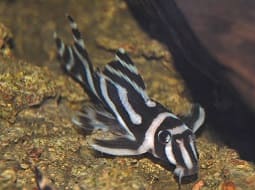
- Ph: 6.5 - 7.3
- Temperature (c°): 24 - 29
- Measures: 8 cm - 12cm
- Aquarium Capacity:
18 Liters - 5 Gallons - Alimentación: Carnivores, Herbivores
- Colores: Black, Gris, White
- Comportamiento: Likes to take refuge, Night, Peaceful
- Habitad: American
- Morfología: Cuirass or Carapace, Thorns or pointed
- Preferencias del Acuario: Caves, Logs, Natural plants, Rocks, Sand
- Tamaño: Medium
- Taxonomía: Fish
- Tipo de Agua: Sweet water, Tropical waters
- Velocidad de nado o movimiento: Normal
- Zona de Nado: Aquarium background


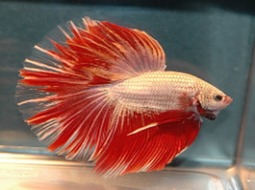


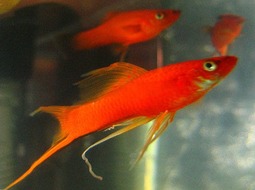
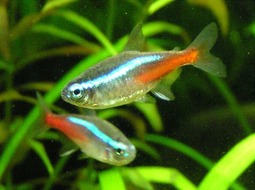
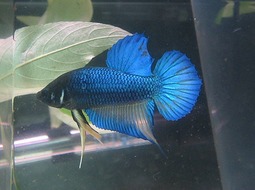

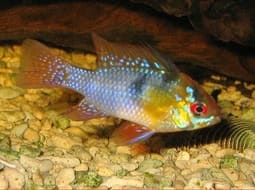
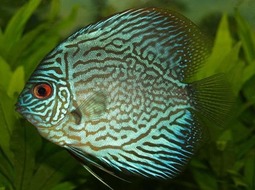
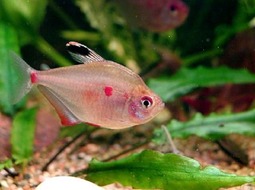

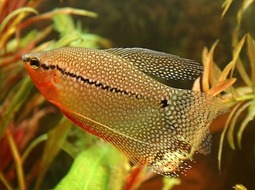


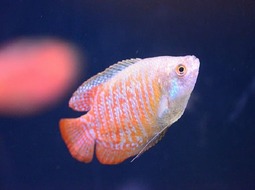

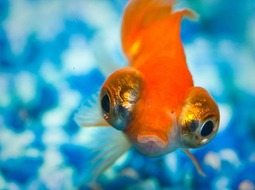
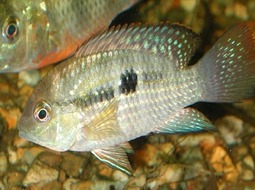
.jpg)

.jpg)



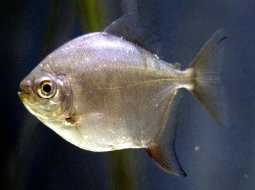
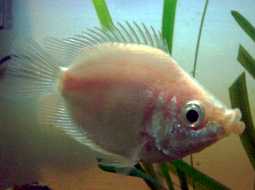
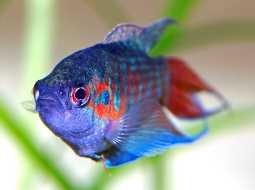
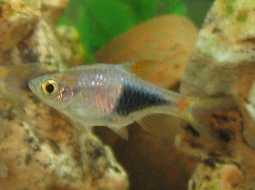
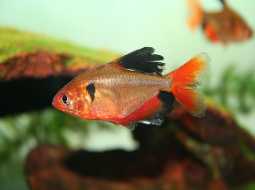
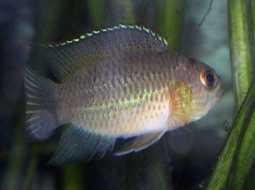
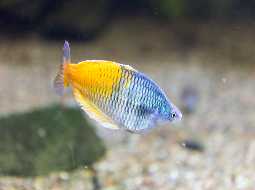
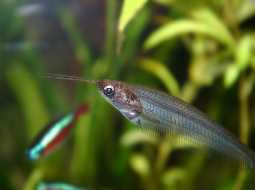


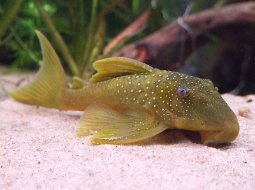


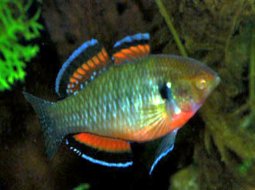
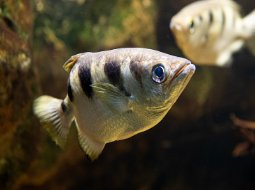
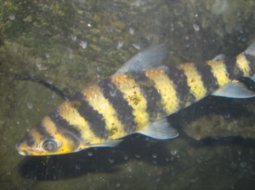


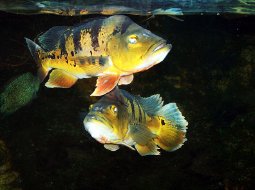
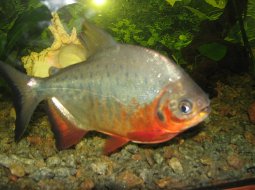
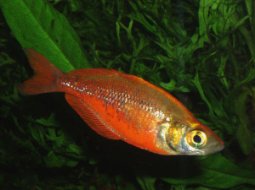


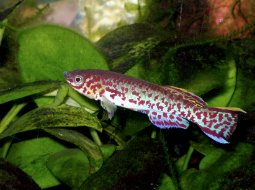

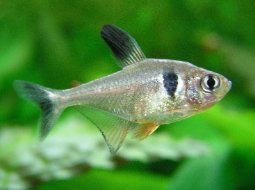
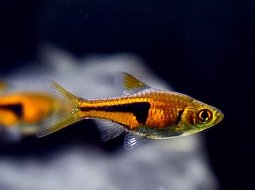






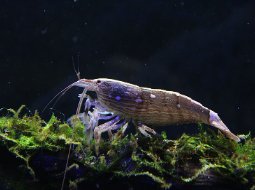

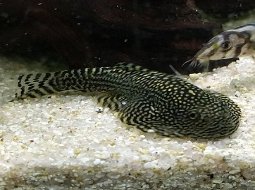
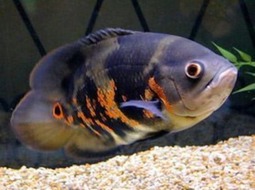
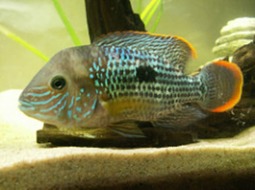
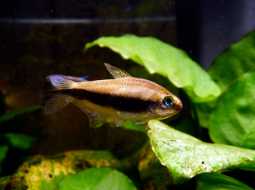
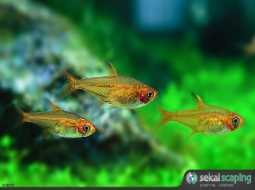
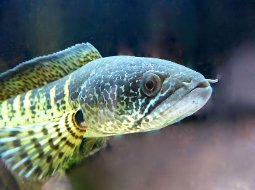
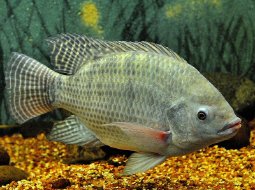
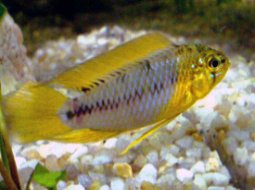




.jpg)

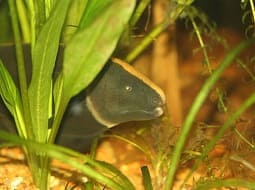




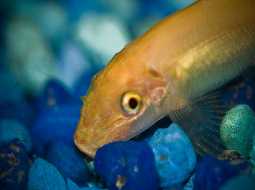












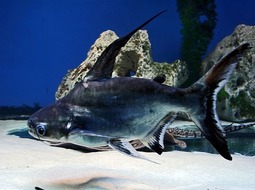

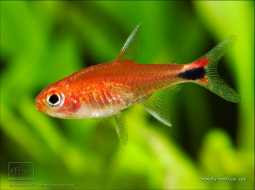
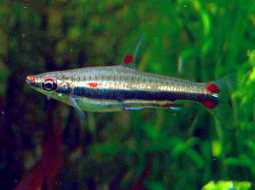


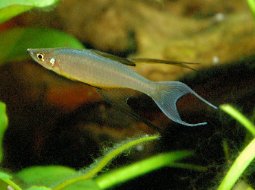
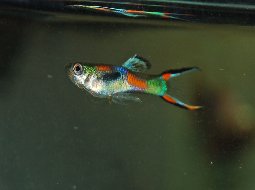


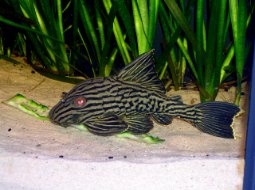

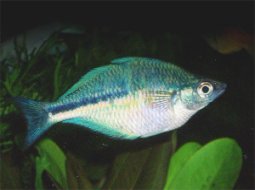


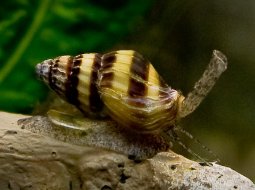



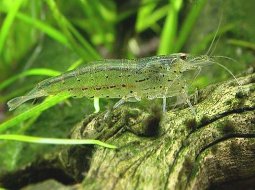
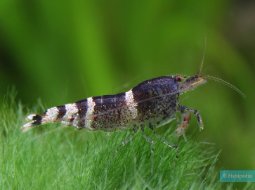



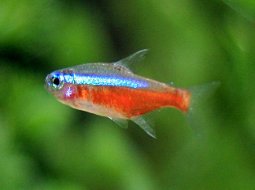
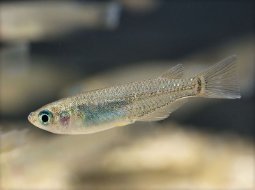




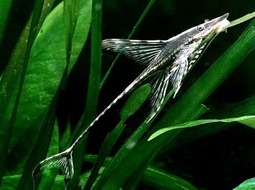
.jpg)



